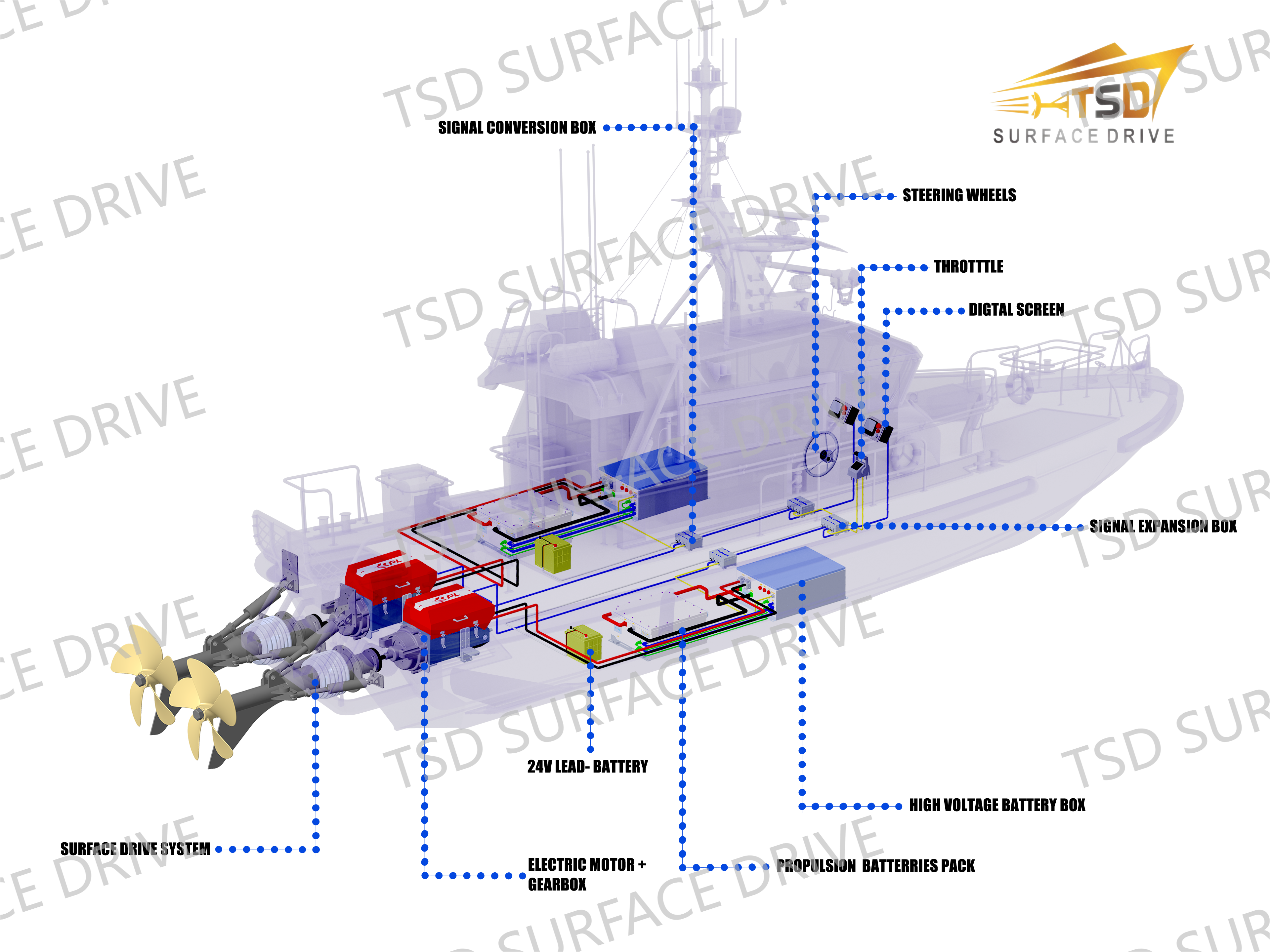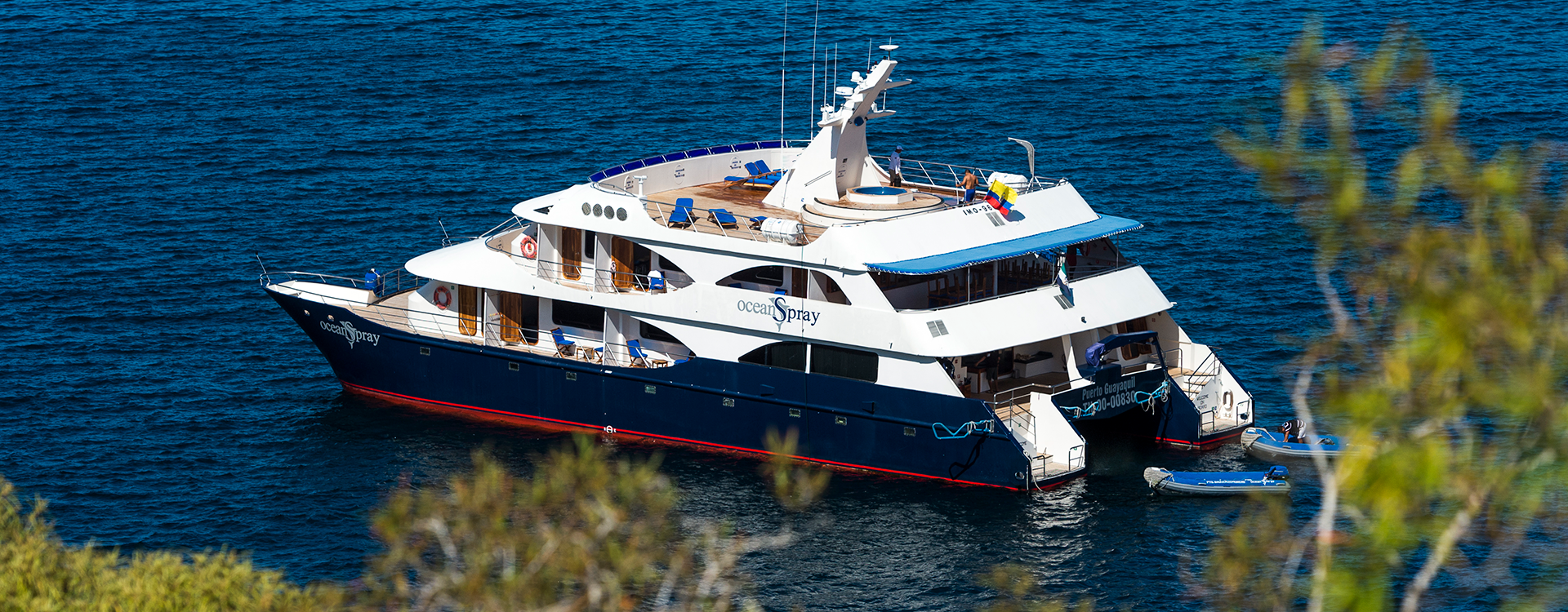In the last few years, the marine industry has been undergoing a profound transformation. What once was a world dominated almost entirely by diesel and gasoline engines is now seeing the rapid rise of pure electric propulsion. From compact leisure boats to commercial ferries and even workboats, electric systems are no longer a distant concept—they are here, and they are growing fast.
But what is
truly driving this shift? And are electric boats as flawless as their advocates claim? Let’s take a closer look at the reasons behind this trend, as well as some of the practical challenges that remain.
1. Environmental Pressure and Regulatory Change
The most obvious reason is environmental. The maritime sector is under increasing scrutiny for its carbon footprint, and global regulatory bodies have tightened emission standards. In Europe, for instance, the EU Stage V and IMO Tier III standards have forced many boatbuilders to rethink propulsion strategies.
Electric propulsion offers the cleanest possible operation—no exhaust fumes, no oil leaks, and no risk of fuel contamination. In lakes, rivers, and coastal zones where environmental preservation is critical, local authorities are even beginning to restrict internal combustion engines. For many boatbuilders, this is not just an ecological decision—it’s a matter of compliance and market access.
2. Efficiency and Simplicity in Design
From an engineering perspective, electric propulsion systems bring an elegant simplicity. There’s no need for a gearbox, exhaust system, or complex fuel delivery infrastructure. The motor’s torque delivery is instant and linear, providing smooth acceleration and precise control—especially valuable for docking or maneuvering in tight marinas.
In fact, when paired with high-efficiency propeller systems or surface drives, electric motors can achieve remarkably high propulsion efficiency, even at lower speeds. This makes them particularly attractive for catamarans, tenders, and smaller recreational craft that operate in calm waters and require agile response rather than raw horsepower.
3. Advances in Battery Technology
Battery capacity and reliability have always been the limiting factors for electric boats. However, the rapid progress in lithium-ion and solid-state battery technology is changing that. Modern marine batteries are lighter, denser, and safer than ever before.
The introduction of marine-grade battery management systems (BMS) ensures thermal stability and extended life cycles, making it realistic for electric vessels to cover longer distances or operate a full day on a single charge. Combined with solar charging or hybrid backup systems, energy management is becoming a solved problem rather than a limitation.

4. A Shift in Consumer Mindset
Beyond technology, the boating community itself is evolving. Many new yacht owners come from generations already accustomed to electric cars and renewable energy. They expect their boats to align with the same sustainability values.
The quietness of electric propulsion is another strong selling point. Cruising silently across a bay without vibration or exhaust smell creates a completely different experience—one that feels more luxurious, more natural, and more connected to the environment. In many ways, the electric revolution in boating is driven not just by necessity but by lifestyle.
5. Challenges That Cannot Be Ignored
That said, it would be naïve to ignore the challenges that electric propulsion still faces.
Range Anxiety: Even the best electric systems today cannot match the range of traditional diesel engines, especially for offshore or long-distance operations.
Charging Infrastructure: While marinas in Europe and North America are adapting, many coastal regions still lack high-capacity charging stations.
Cost: The initial investment remains higher, particularly for large vessels requiring substantial battery banks.
Thermal Management and Safety: Proper design and protection systems are critical, especially for high-performance craft operating under continuous load.
These are not deal-breakers—but they do require thoughtful engineering, and sometimes hybrid solutions remain a more balanced choice.
From my perspective at TSD Surface Drive System, the rise of electric propulsion is not about replacing traditional systems overnight. It’s about expanding choices for boat owners and builders. For vessels designed for inland lakes, resorts, or short-range coastal operations, pure electric propulsion is already a viable and compelling option.
For larger or high-speed applications, hybrid systems—where electric motors handle low-speed maneuvering and diesel takes over for longer runs—still make practical sense. The real goal is not to choose between “electric” and “diesel,” but to integrate both wisely based on usage.
Electric propulsion represents one of the most exciting shifts in modern marine technology. It aligns with global sustainability goals, offers technical simplicity, and enhances the onboard experience. Yet, its adoption should be approached with realism—understanding that battery capacity, range, and cost still set natural limits.
Whatspp:+8613950000057
E-mail:joshua@surfacedrive.net














